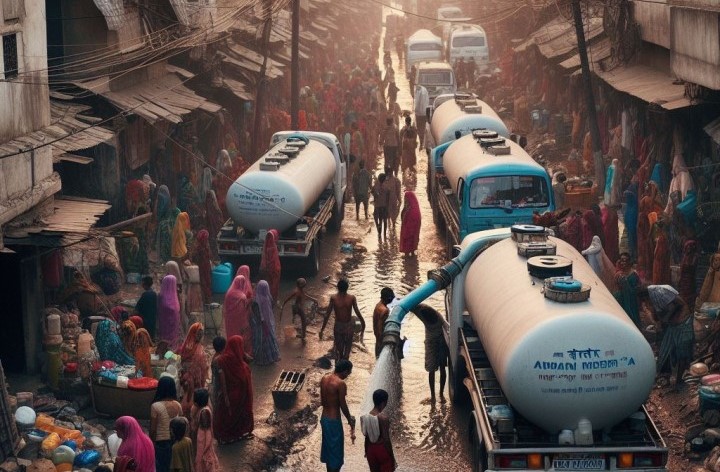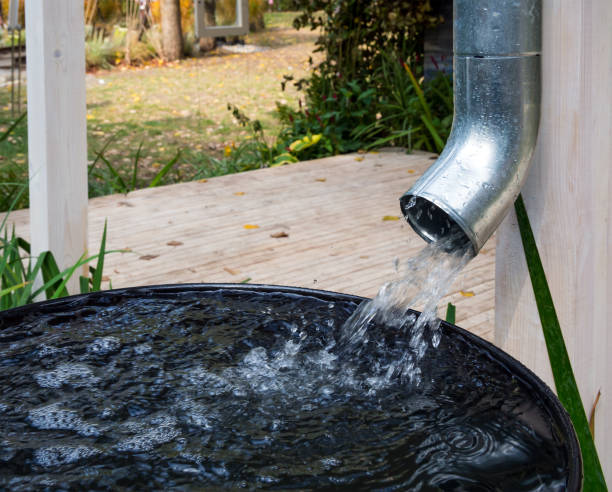
India’s urban areas are witnessing unprecedented growth, posing substantial challenges and opportunities in meeting the escalating water demands of their burgeoning populations. This article examines the pressing challenges faced in water storage within rapidly urbanizing regions and explores innovative solutions to ensure sustainable water management:
Challenges in Urban Water Storage
Population Growth and Demand: Urbanization leads to increased water consumption for residential, industrial, and commercial purposes. The current infrastructure frequently faces challenges in meeting the increasing demand, leading to water shortages and insufficient supply for people living in urban areas.
Space Constraints: High population density and limited land availability in urban areas restrict the expansion of conventional water storage facilities such as ground-level reservoirs or overhead tanks. This necessitates alternative solutions that optimize space while enhancing storage capacity.
Water Quality Concerns: Urban areas contend with water quality issues due to contamination from industrial discharge, inadequate sewage treatment, and aging distribution networks. Maintaining water quality throughout storage becomes crucial to ensure safe drinking water for urban populations.
Climate Change Impact: Erratic rainfall patterns and prolonged droughts exacerbated by climate change intensify water scarcity in cities. Sustainable storage solutions must adapt to variable water availability and withstand the impacts of climate-induced extremes.
Innovative Solutions for Urban Water Storage
Rooftop Rainwater Harvesting: Encouraging the adoption of rooftop rainwater harvesting systems allows cities to capture rainwater directly from buildings. This harvested water can be stored in tanks or directed to recharge underground aquifers, reducing dependence on external water sources and managing stormwater runoff effectively.
Underground Storage Systems: Utilizing underground reservoirs and storage tanks maximizes land use efficiency in densely populated urban environments. These systems safeguard water quality by shielding stored water from external pollutants and temperature fluctuations.

Smart Water Management Technologies: Implementing IoT-based sensors and real-time monitoring systems enhances urban water management efficiency. These technologies enable precise tracking of water levels, leak detection, and optimization of distribution networks, thereby minimizing losses and ensuring equitable water supply.
Green Infrastructure Integration: Incorporating green roofs, permeable pavements, and urban wetlands facilitates natural water infiltration and storage. Green infrastructure mitigates urban heat island effects, reduces stormwater runoff, and enhances resilience against climate change impacts.
Desalination and Water Recycling: Investing in desalination plants and wastewater recycling facilities diversifies urban water sources. Desalination converts seawater into freshwater, while treated wastewater recycling conserves freshwater resources and supports non-potable uses.
Conclusion
Addressing the water needs of India’s rapidly growing cities demands proactive measures and collaborative efforts across stakeholders. By embracing innovative water storage solutions like rainwater harvesting, underground storage systems, and smart technologies, cities can enhance water security, mitigate climate risks, and ensure sustainable urban development. Government support through effective policies and community engagement will be pivotal in achieving resilient urban water systems that meet current and future water demands while safeguarding water quality and availability for all urban residents. As India continues its urbanization trajectory, strategic investments in water infrastructure and management are critical to enhancing quality of life and fostering sustainable urban growth.


